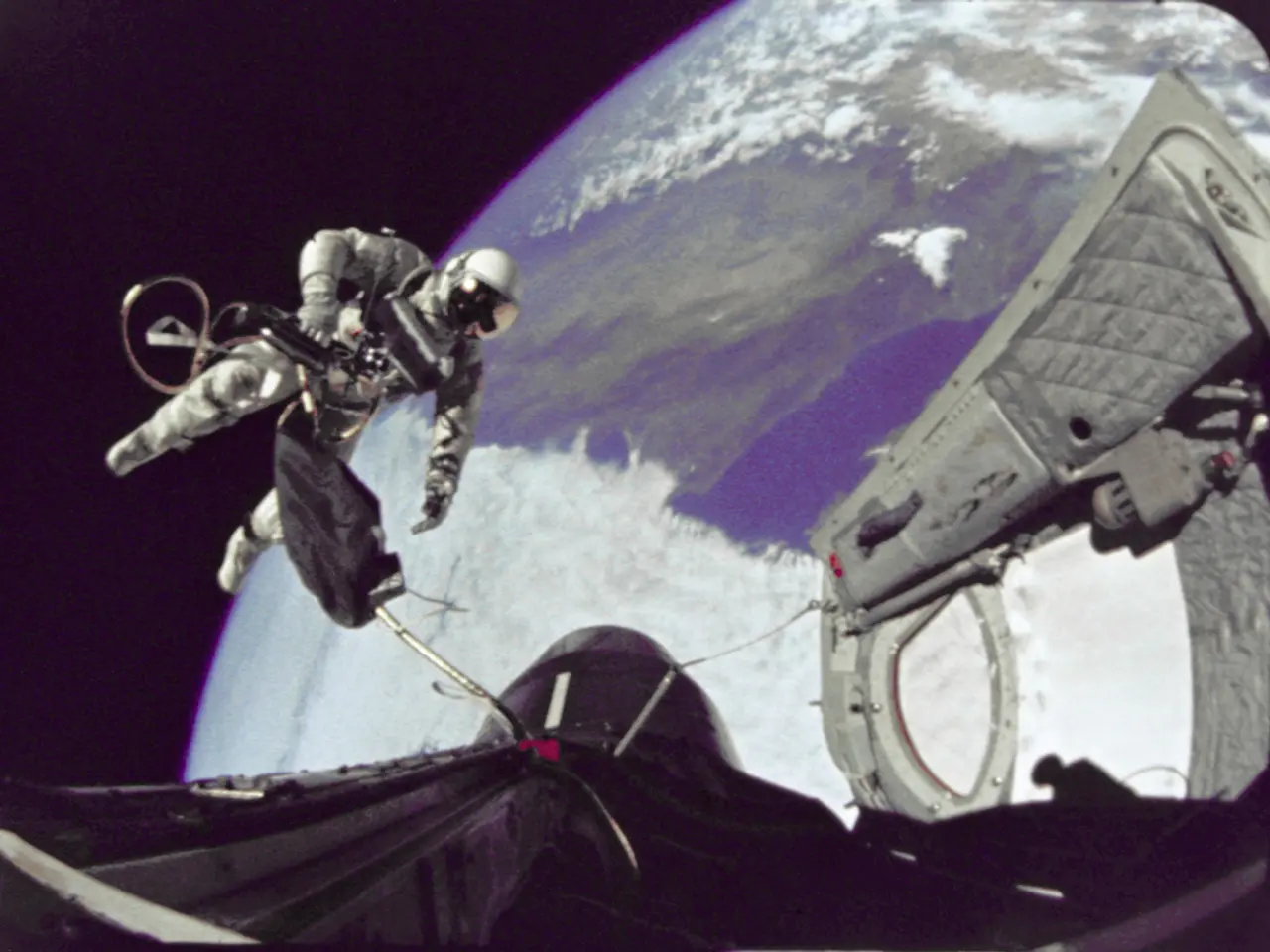Intergalactic Speculation: Might Extraterrestrial Life Seeding Be a Cosmic Possibility?
In the vast expanse of the universe, the question of life beyond Earth has long captivated scientists and philosophers alike. This intriguing concept, known as panspermia, suggests that life may be distributed throughout the cosmos, seeded across planets and moons with environments vastly different from our own.
The word "panspermia" is derived from the Greek, meaning "all seed." This cosmic seed could potentially travel through various mechanisms, including lithopanspermia (transfer through solid rock), radiopanspermia (propulsion by radiation pressure), and directed panspermia (intentional spread by advanced civilizations).
The idea of panspermia was first proposed by the ancient Greek philosopher Anaxagoras in the 5th century BC. It was further developed and revitalized by the Swedish scientist Svante Arrhenius in 1908, who suggested that "life-giving seeds" are scattered throughout space and can "germinate" on planets under favorable conditions.
Svante Arrhenius also proposed that microscopic life forms could be transported through space by radiation pressure, a notion that continues to inspire scientific inquiry today. New strategies in space travel, such as the Breakthrough Starshot initiative, aim to develop technology capable of interstellar journeys, potentially testing the panspermia hypothesis on immense scales.
However, the harsh conditions of space, such as extreme temperatures, radiation, and extended travel time, pose significant challenges to the survival of organisms. Yet, some bacteria and spores have been shown to survive cosmic conditions in experiments conducted on the International Space Station, lending weight to the idea that life might travel vast distances.
The discovery of Martian meteorites on Earth adds an intriguing wrinkle to the panspermia discourse, potentially bringing with them microbial life. Studies of the Martian meteorite ALH84001 have sparked debates over possible fossilized Martian microorganisms within its structure.
Exploring the idea of life beyond Earth expands the scope of astrobiology and fuels missions to search for life on Mars, the icy moons of Jupiter and Saturn, and exoplanets in other star systems. Missions like Perseverance on Mars and Europa Clipper planned to explore Jupiter’s moon hold promise for detecting signs of life beyond Earth.
Despite the captivating nature of panspermia, critics argue that it doesn't address the question of how life originated in the first place. The concept of panspermia profoundly challenges our understanding of life's origins and distribution. Whether life on Earth is an isolated phenomenon or part of a greater cosmic narrative is a question that may one day redefine humanity's place in the cosmos.
In conclusion, the panspermia hypothesis, with its roots in ancient philosophy and modern science, continues to inspire and challenge our understanding of life in the universe. As we embark on new missions to explore the cosmos, the possibility that the seeds of life are strewn across the universe remains an intriguing and thought-provoking idea.








